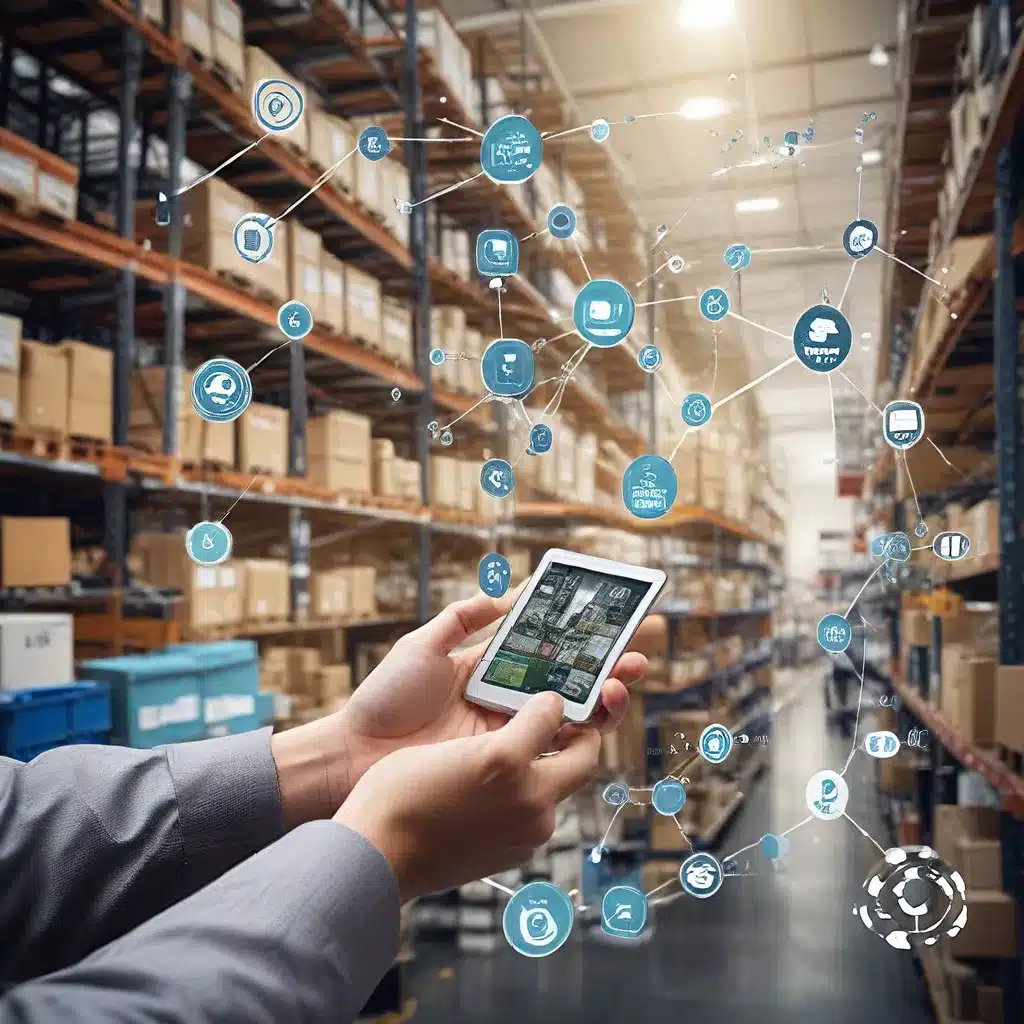
The Evolving Landscape of Sensor Networks and IoT
Sensor networks and the Internet of Things (IoT) have revolutionized the way we interact with the world around us. These technologies have paved the way for unprecedented data-driven insights, enabling a wide range of applications across diverse industries. From smart homes and connected cities to industrial automation and supply chain optimization, the integration of sensors and IoT platforms has become a cornerstone of modern technological advancements.
As the IoT ecosystem continues to expand, the need for robust security measures and energy-efficient designs has become increasingly crucial. Sensor-based technologies are now deeply embedded in our daily lives, handling sensitive information and controlling critical infrastructure. Ensuring the authenticity and traceability of these systems is paramount to safeguarding the integrity of the entire IoT landscape.
Strengthening IoT Security through Sensor Data Management
One of the primary challenges in the IoT ecosystem is ensuring the security and privacy of the vast amounts of data generated by a myriad of interconnected devices. Sensor data, in particular, is often the foundation upon which IoT applications are built, making it a prime target for malicious actors.
Leveraging cryptographic techniques and blockchain technology can play a crucial role in enhancing the security and traceability of sensor data. By incorporating decentralized ledger systems, sensor data can be securely stored, verified, and accessed, providing a tamper-evident audit trail that strengthens the authenticity of IoT-driven processes.
Moreover, the integration of machine learning and artificial intelligence algorithms can enable real-time anomaly detection and threat analysis within sensor networks. These advanced analytical capabilities can help identify and mitigate potential security breaches, ensuring the integrity of the IoT ecosystem.
Balancing Security and Energy Efficiency in Sensor Network Designs
A significant challenge in the development of sensor networks is the trade-off between security and energy efficiency. Many sensor devices are designed to operate on limited power sources, such as batteries or energy harvesting systems, making power consumption a critical consideration.
Innovative sensor network topologies and communication protocols have emerged to address this challenge. Hierarchical and cluster-based architectures, for instance, can optimize energy usage by distributing processing and communication tasks across different nodes, reducing the overall power consumption of the network.
Additionally, the adoption of low-power wireless standards, such as IEEE 802.15.4 and Bluetooth Low Energy (BLE), has enabled the development of energy-efficient sensor nodes that can operate for extended periods without the need for frequent battery replacements or recharging.
Enhancing Product Traceability and Authenticity with Sensor Networks
The integration of sensor networks and IoT technologies has revolutionized the way supply chains and product lifecycles are managed. By embedding smart sensors within products, manufacturers and logistics providers can gain unprecedented visibility and control over the movement and condition of goods throughout the entire supply chain.
Sensor data can be leveraged to track the temperature, humidity, and location of perishable goods, ensuring that they are transported and stored within the appropriate environmental conditions. This information can be used to detect and prevent potential spoilage or product tampering, enhancing the authenticity and traceability of the goods.
Furthermore, the adoption of blockchain-based solutions for supply chain management can provide a secure, transparent, and immutable record of product movements and transactions. By integrating sensor data into these blockchain networks, organizations can establish a trusted, end-to-end traceability system, empowering consumers with the ability to verify the provenance and quality of the products they purchase.
The Future of Sensor Networks and IoT: Embracing Sustainability and Resilience
As the IoT ecosystem continues to evolve, the focus on sustainability and resilience will become increasingly prominent. Sensor networks will play a crucial role in enabling smart energy management and resource optimization across various sectors, from smart cities to industrial facilities.
By leveraging sensor data, IoT systems can monitor and adjust energy consumption in real-time, optimizing the usage of renewable energy sources and reducing carbon footprints. Additionally, sensor-based predictive maintenance and asset monitoring can help extend the lifespan of critical infrastructure, contributing to a more sustainable and resilient future.
Moreover, the integration of edge computing and fog computing architectures within sensor networks can enhance the responsiveness and reliability of IoT applications. By processing and analyzing data closer to the source, these decentralized computing models can reduce latency, bandwidth usage, and dependence on centralized cloud infrastructure, making sensor networks more robust and resilient to disruptions.
Conclusion: Embracing the Power of Sensor Networks for a Smarter, Safer, and Sustainable Future
The sensor networks and IoT landscape is constantly evolving, driven by the need for enhanced security, energy efficiency, product traceability, and sustainability. By leveraging the power of sensor data and integrating emerging technologies, such as blockchain, machine learning, and edge computing, organizations can unlock unprecedented opportunities to transform their operations, optimize their processes, and enhance the authenticity and resilience of their products and services.
As the world continues to embrace the digital revolution, the role of sensor networks and IoT will only continue to grow, shaping the way we interact with our environment, manage our resources, and secure our critical infrastructure. By staying at the forefront of these advancements, organizations and individuals can contribute to a smarter, safer, and more sustainable future for all.